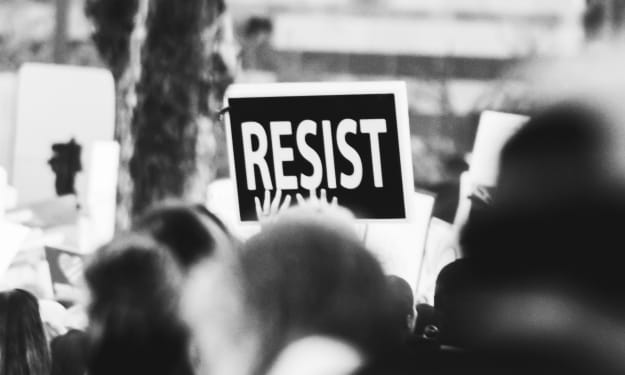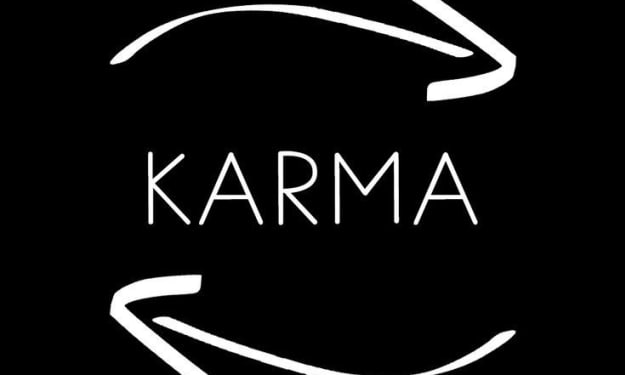Simple Method To Minimise Anxiety and Fear
Discovering the breath

I want to start by pointing out that this is not a cure for anxiety, nor is it a replacement for any responsible therapy you may be undergoing for similar conditions. I am not a doctor, of any kind, nor do presume to understand the complexity of any situation that may induce anxiety. Chronic anxiety is a problem that requires the focus of experts - I only offer you a technique that has helped me (and many of my students) cope with fear and panic whenever I have experienced them. And I must admit that I have not felt anxious too often, but I have seen how detrimental it can be to people's lives.
We all feel afraid of something at some point, and the intensity of that fear is not as important as how we deal with it. I will submit that understanding the cause of our fears is essential to dealing with it, but in the absence of evidence of that cause, we can still mitigate the effects of that fear on our psyche. Why should we do this? Well, because being in control of our emotions will allow us to access the emotional resources we need to make things better - to fix what is wrong and scaring us.
This technique is powerful in its simplicity. It's about redirecting focus to the present moment or the here-and-now where all experiences take place. My Buddhist friends call it discovering the breath, and it is one of three essential parts of mindfulness meditation.
Again, I want to remind you that meditation is not a cure for anything; it is only a method to put yourself in a state were essential mental resources are available to you. With all that said, let's explore this method and start using its simplicity to minimise anxiety and fear.
The ideal setting to start discovering the breath is a quiet and comfortable place; however, the goal is to be able to do this anywhere, whenever needed. I recommend making this a daily practice, a couple of minutes here and there is all it takes.
Sit comfortably and preferably in an upright position, lying down combined with the relaxation resulting from this technique is often conducive to falling asleep. As you sit, start by taking a deep breath, and become aware of how it feels: feel the changes in your posture, recognise the gentle pressure in your lungs as they fill with air. Exhale. And as you exhale notice the new changes to how your body feels. Notice how long or short your inhalation and exhalation are and repeat this step five times.
Do your best to understand what your body does as you continue to breathe. What are your shoulders doing? Your abdomen? Do not force these physical movements; just let them happen naturally; this is about the breath.
As you become more proficient in focusing on your breathing, you can change your tempo by inhaling and exhaling at different speeds; you can also increase the number of breaths you take in a set. I will warn against increasing the number of breaths per set too soon, as the frustration of losing count may have adverse emotional effects.
And that's it. It is a straightforward technique, as I said initially, almost effortless in its simplicity, and this is why it works. Take your time and enjoy this process of discovery; even my meditation masters will often return to the basics of breathing to ensure that they are doing it correctly. The other two parts of mindfulness meditation are about discovering the body and eventually the mind, they all lead to the other; they can help us improve our emotional states to deal with potentially stressful circumstances.
Mindfulness and other methods of meditation are often associated with religious ideas. Still, I assure you that anyone can benefit from these practices, even if you, like me, do not believe in the supernatural.
Now breathe...
About the Creator
Peyton J. Dracco
Worked for a private defense contractor lending my services to national security and intelligence agencies. Now I work with international criminals to find corruption and prevent fraud.
Here I write about my journey...






Comments
There are no comments for this story
Be the first to respond and start the conversation.